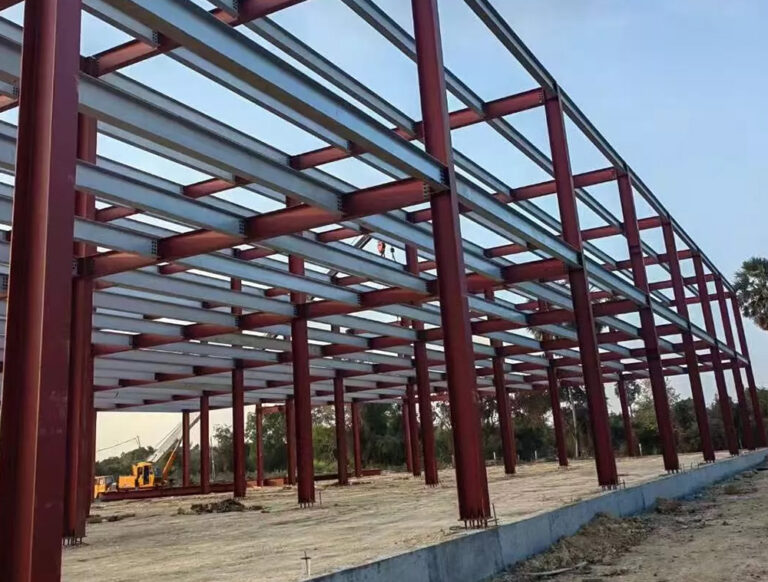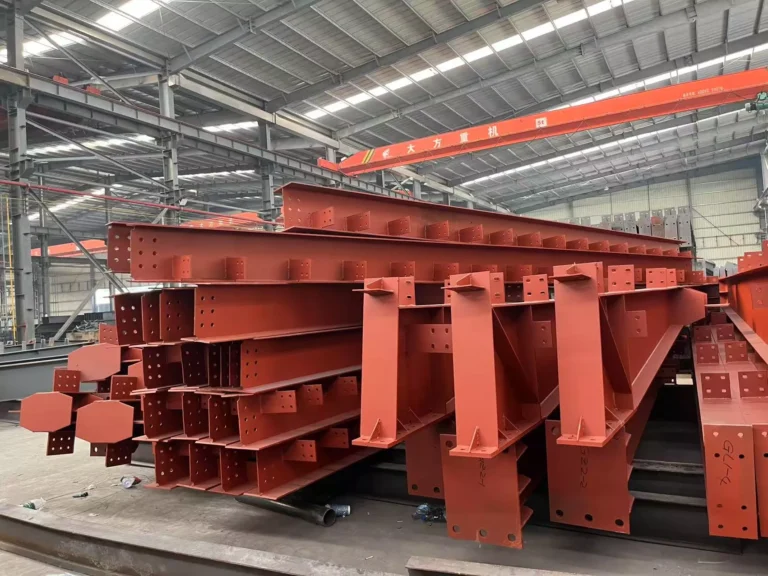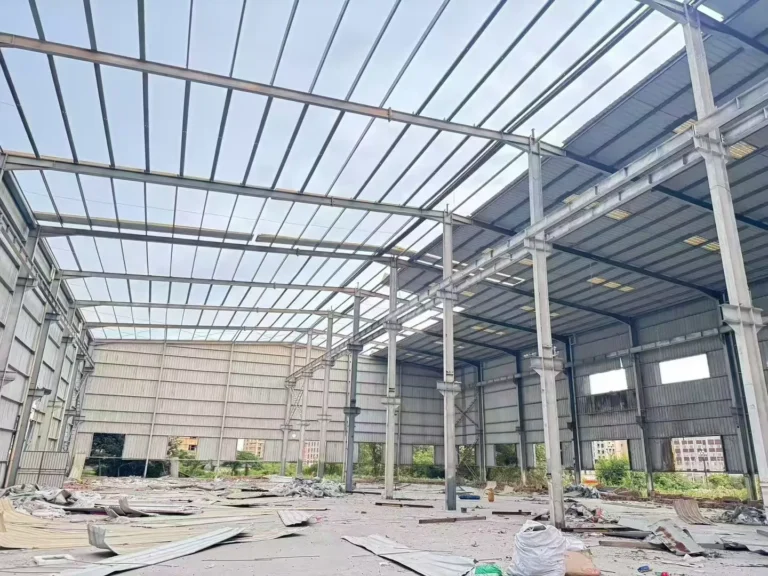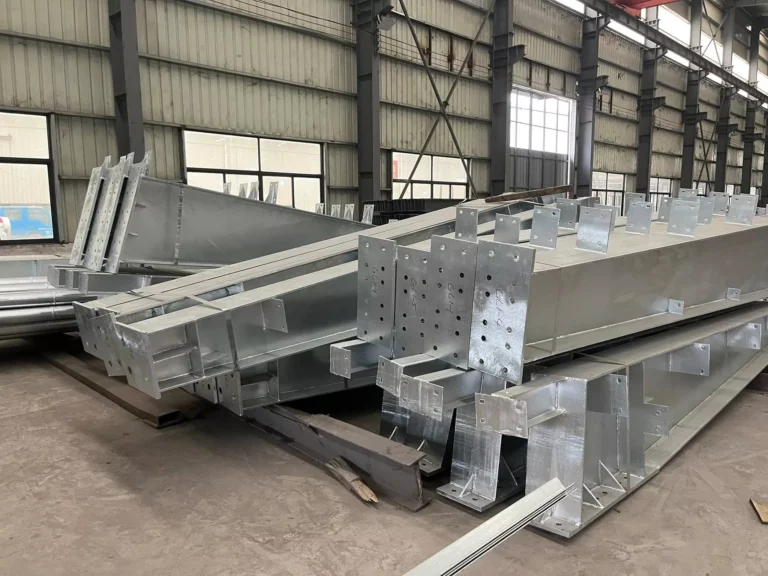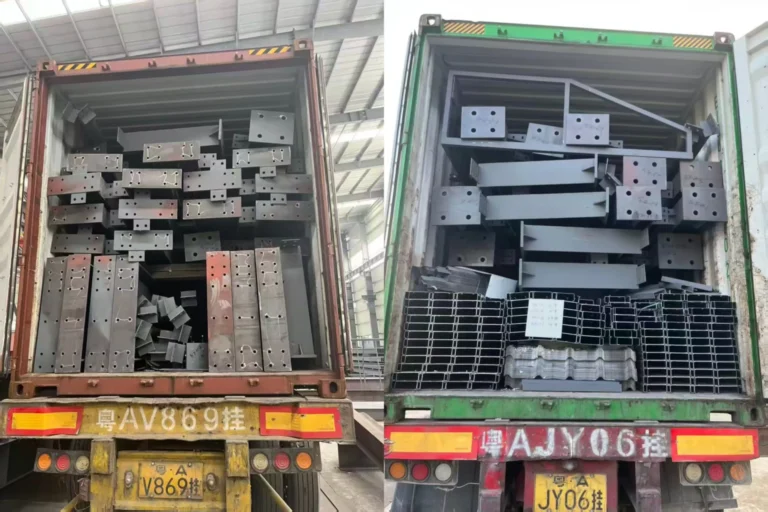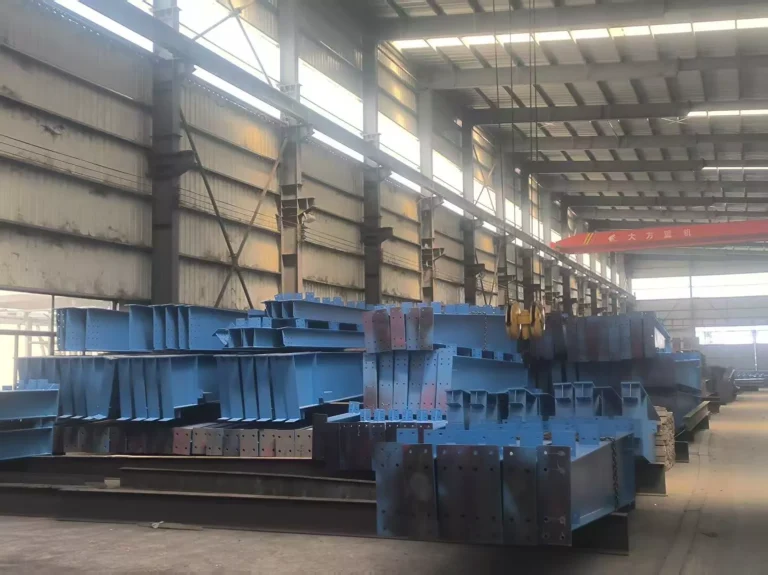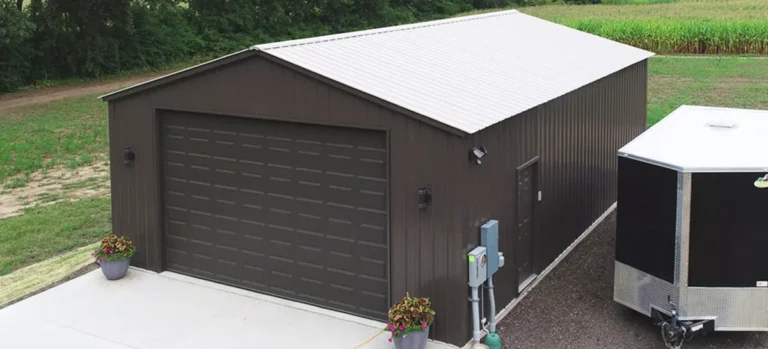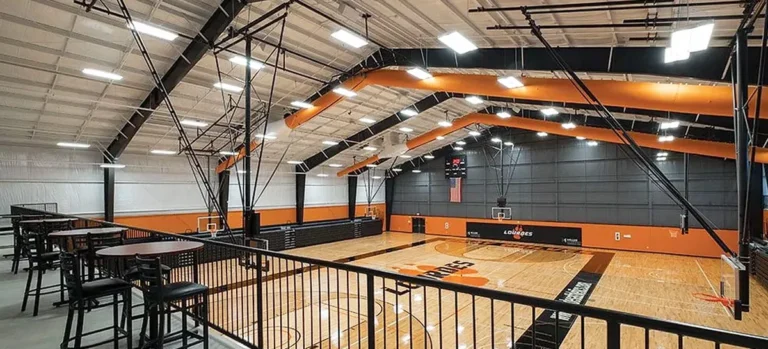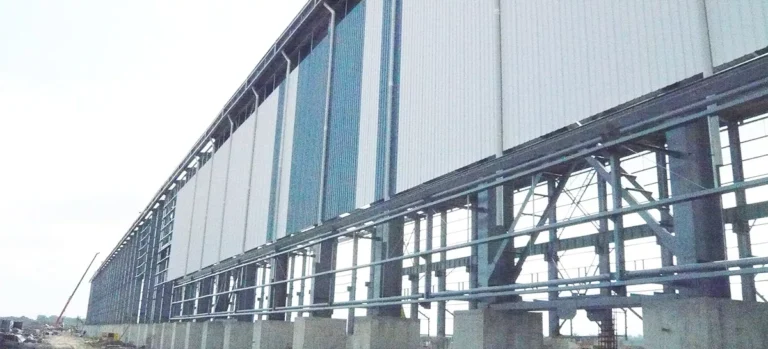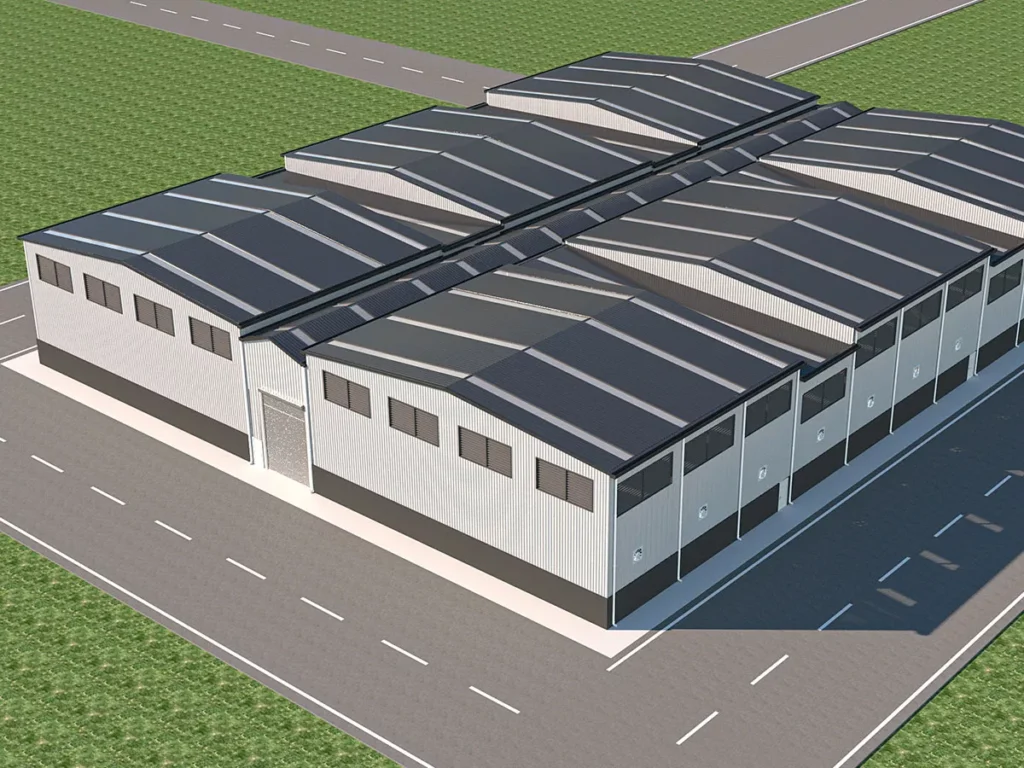
As the world increasingly prioritizes sustainability, the construction industry is evolving to meet these new environmental standards. Steel structures, particularly for warehouses and workshops, are at the forefront of this transformation. At Ganyo Steel Structure, we are committed to promoting eco-friendly practices in our steel building solutions. In this blog, we explore the various ways steel structures contribute to sustainability and how we implement green practices in our projects.
1. Recyclability of Steel
Steel is 100% recyclable, making it one of the most sustainable building materials available. Unlike other materials that degrade with recycling, steel retains its strength and quality no matter how many times it is recycled. This closed-loop recycling process reduces the demand for virgin materials and minimizes construction waste.
Benefits:
- Reduced need for raw material extraction
- Decreased environmental impact from mining activities
- Lower energy consumption in production processes
2. Energy Efficiency in Manufacturing
Modern steel production techniques have significantly reduced the energy required to produce steel. Innovations such as electric arc furnaces, which use recycled steel as the primary raw material, consume less energy compared to traditional blast furnaces. These advancements contribute to a smaller carbon footprint for steel manufacturing.
Benefits:
- Lower greenhouse gas emissions
- Reduced reliance on fossil fuels
- Increased use of renewable energy sources in production
3. Prefabrication and Reduced Waste
Steel structures are often prefabricated off-site, meaning components are manufactured in a controlled environment and then assembled on location. This process minimizes material waste and ensures precise use of resources.
Benefits:
- Less on-site waste and reduced need for disposal
- Efficient use of materials with minimal offcuts
- Enhanced quality control and reduced construction errors
4. Longevity and Durability
Steel structures are incredibly durable, with a lifespan that can exceed 50 years with minimal maintenance. This longevity reduces the need for frequent replacements and repairs, conserving resources and reducing environmental impact over time.
Benefits:
- Long-term resource savings
- Reduced environmental impact from fewer replacements
- Lower maintenance costs and material use
5. Energy-Efficient Design
Steel structures can be designed to enhance energy efficiency. Features such as insulated panels, reflective roofing, and natural ventilation systems help reduce energy consumption for heating, cooling, and lighting.
Benefits:
- Lower energy bills and operating costs
- Reduced greenhouse gas emissions from energy use
- Improved indoor air quality and comfort
6. Adaptive Reuse and Flexibility
Steel structures offer flexibility and adaptability, allowing for easy modifications and repurposing. This adaptability supports the principles of sustainable development by extending the useful life of buildings and reducing the need for new construction.
Benefits:
- Prolonged building lifespan with adaptable designs
- Reduced demolition waste
- Lower demand for new construction materials
7. Commitment to Green Building Standards
At Ganyo Steel Structure, we are dedicated to adhering to green building standards and certifications such as LEED (Leadership in Energy and Environmental Design) and BREEAM (Building Research Establishment Environmental Assessment Method). These frameworks guide our sustainable practices and ensure our projects meet stringent environmental criteria.
Benefits:
- Enhanced marketability and value of green buildings
- Assurance of environmental responsibility
- Contribution to global sustainability goals
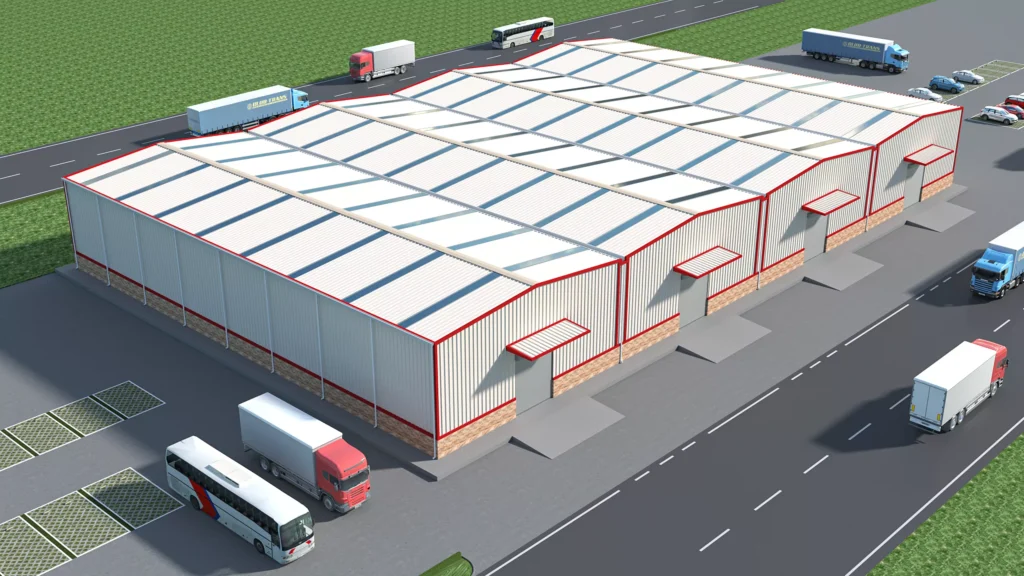
Conclusion
Sustainability in steel structures is not just a trend but a necessity for the future of construction. Steel’s recyclability, energy-efficient production, and durability make it an ideal choice for eco-friendly warehouses and workshops. At Ganyo Steel Structure, we are proud to lead the way in implementing sustainable practices in our steel building solutions.
For more information about our sustainable steel building solutions, please contact us at lizzy@ganyosteelbuilding.com. Let Ganyo Steel Structure help you build a greener, more sustainable future.more efficient future.difference. For further questions, please contact us at lizzy@ganyosteelbuilding.com.

